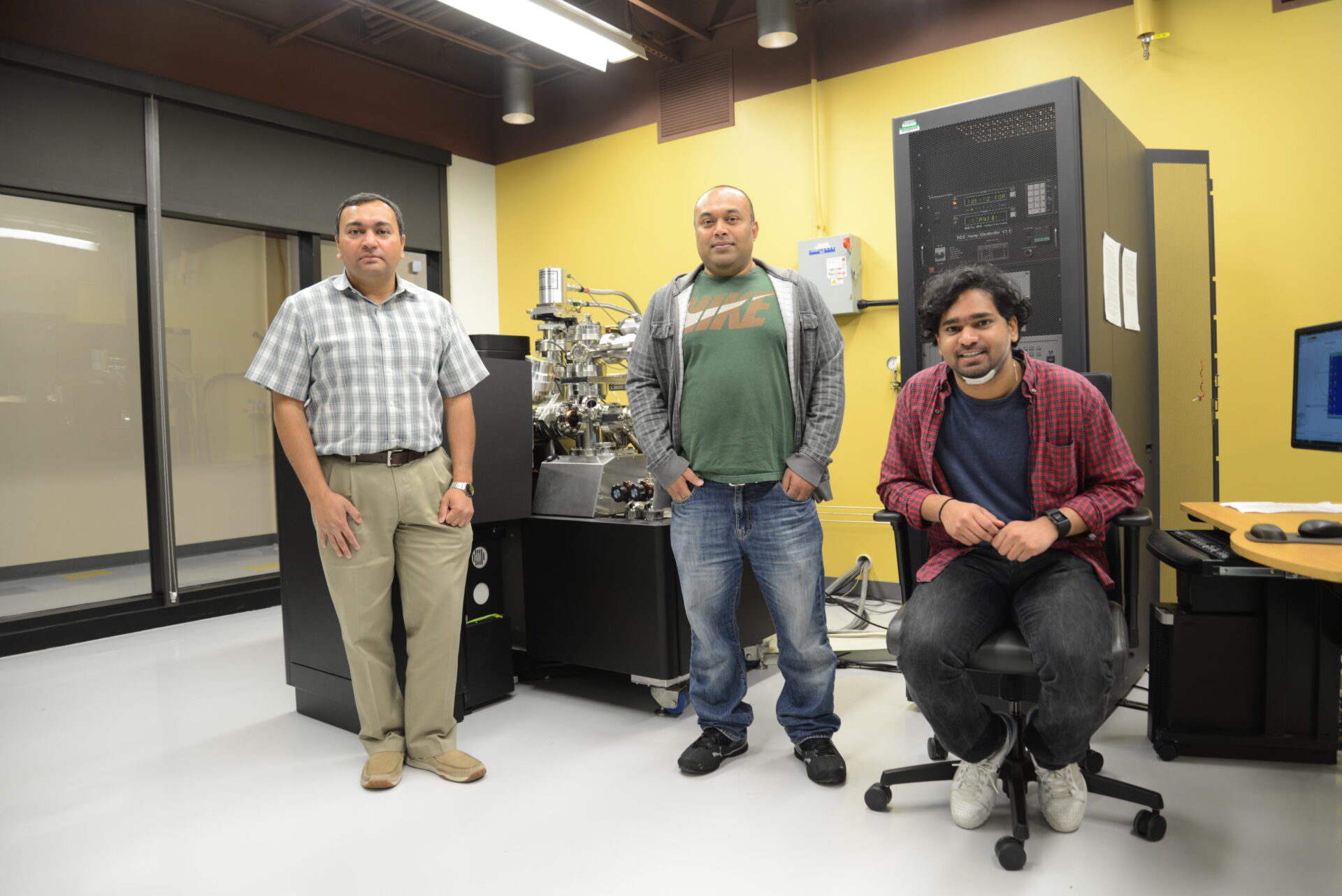NEWS & EVENTS
University of North Texas: A Star Is Born in Materials Science

For a school that draws far less attention than many other major institutions, the outsized fame earned by alumni of the University of North Texas confirms the maxim that everything’s bigger in Texas.
Over the past century, an amazing number of UNT alumni have starred on stage and screen, including Joan Blondell, Ann Sheridan, Joe Don Baker, Pat Boone, Roy Orbison, K Callan, Don Henley, Phyllis George. Bill Moyers, Dr. Phil McGraw, Thomas Haden Church and Norah Jones, among many more. Other alumni have emerged as major figures in literature, media and sports.
However, while UNT has long been acclaimed for its fine arts and music programs, more recently it has invested heavily in science and engineering research, so much so that the university has been named a Carnegie Tier One research institution.
That is quite an achievement for a school that began 127 years ago on the second floor of the B.J. Wilson hardware store in Denton, Texas, 40 miles north of Dallas. The initial mission of the school, then called the Texas Normal College and Teachers’ Training Institute, was to prepare teachers and to educate business and professional men.
Today, the University of North Texas is a major public research university and LIFT partner, with 37,000 students from around the world and more than 200 high-quality degree programs in its 12 colleges and schools. Its materials science and engineering program is ranked second in Texas and 12th in the South by Best-Engineering-Colleges.com.
“UNT has very recently developed into a major research university,” notes Dr. Rajarshi Banerjee, a professor in the UNT Department of Materials Science and Engineering. “For the past decade, the university has had a strong interest in developing from a traditionally strong teaching institution to a strong research university as well. We’ve made many strategic investments in infrastructure, equipment, faculty and staff over that period.”
One outcome has been the establishment of the UNT Advanced Materials and Manufacturing Processes Institute, one of the four major research institutes at UNT. Another result has been Banerjee’s participation in a major LIFT project centered on linear friction welding, joining other principal investigators from Ohio State University, the University of Michigan, Purdue University, the Southwest Research Institute and the Edison Welding Institute.
With support from industry partners GE Aviation and Boeing, Banerjee’s part of the LIFT project focuses on the joining of dissimilar titanium alloys–for example, to combine a turbine blade with a disc in an aircraft engine.
“Our goal is to develop computational tools that can predict the changes in microstructure and properties across these complex joints,” Banerjee explains. “We at UNT are only handling a few experimental aspects of this complex problem. We are carrying out focused experimental research work aimed at providing mechanistic inputs for model development to the computational team, and for validation of the models being developed. Our direct role is to characterize the microstructural and compositional variations across the joint between these dissimilar metallic materials.”
Banerjee’s team is applying a variety of advanced experimental techniques, including:
- Scanning electron microscopy coupled with electron backscatter diffraction
- Transmission electron microscopy
- Atom probe tomography
The team’s research will benefit not only aviation but also the energy and power industry and the automotive sector.
“The future of the engineering industry globally will be dependent on students who are well-trained in advanced manufacturing,” Banerjee says. “At UNT, we are training students in advanced manufacturing processes as well as the associated materials challenges of characterization, analysis and modeling. These projects will directly impact the education of the future engineering workforce.”